
By Chris Lotz
Chris is the owner and CEO of Birding Ecotours, and loves being a professional birder!
During a family vacation at Plettenberg Bay in South Africa’s beautiful Garden Route, back when I was a young birder, I heard my first flufftail. It was a drizzly, dark night, and a foghorn-like sound came from an even darker thicket. It was impossible to locate exactly where this eerie call was coming from as it was being made by an expert ventriloquist, a miniature crake that is essentially invisible as it is the world’s ultimate skulker. Not only is this a largely nocturnal species, but even when one does hear it calling during the day, this tiny bird tries its utmost not to let anyone lay eyes on it, sticking to dense cover. I got tantalized by this sound for years, but thankfully have subsequently managed to see a few of them, partly due to my bird guiding job, which forced me to learn tricks of how to show people them. There are, in fact, some places to go where this bird can be seen (still with a lot of patient waiting for it to move into view), and these include a place near Knysna (also along the Garden Route) and a place in the Eastern Highlands of Zimbabwe. I’ve also simply chanced upon them before, e.g., seeing one crossing a narrow trail (very fast, as these birds don’t like being in the open) or sitting in a hole in a thicket (this bird must have thought it was invisible, a rare error in judgement!). My colleague Dylan Vasapolli got the photo of a male Buff-spotted Flufftail below, a beautifully-marked species if you are lucky enough to actually see it.
Buff-spotted Flufftail (photo by Dylan Vasapolli)
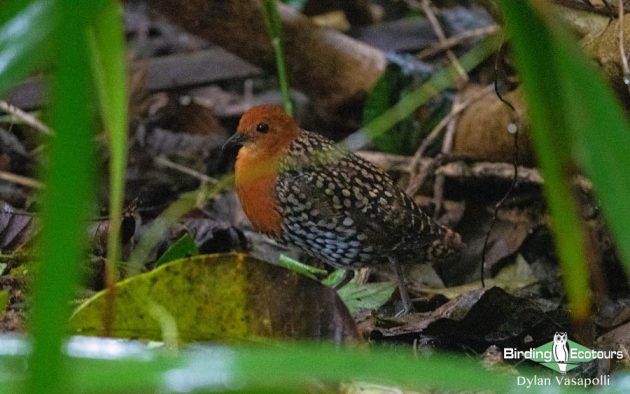
My second of the nine flufftails I managed to see was the Red-chested Flufftail. One can often hear many of these hooting in suitable wetland habitats across a large part of Africa, but seeing one is (as usual for all flufftail species) an absolute mission and can really test any birder’s patience. This is, however, the flufftail species I’ve seen the most of, as again there are some places where visuals are relatively easy to obtain (e.g., at Wilderness in the Garden Route, and at de Hoop Nature Reserve, a couple of hours’ drive east of Cape Town). Apparently, there is one showing nicely in Gauteng, South Africa, these days. The photo below of a Red-chested Flufftail is also by my colleague Dylan.
Red-chested Flufftail (photo by Dylan Vasapolli)
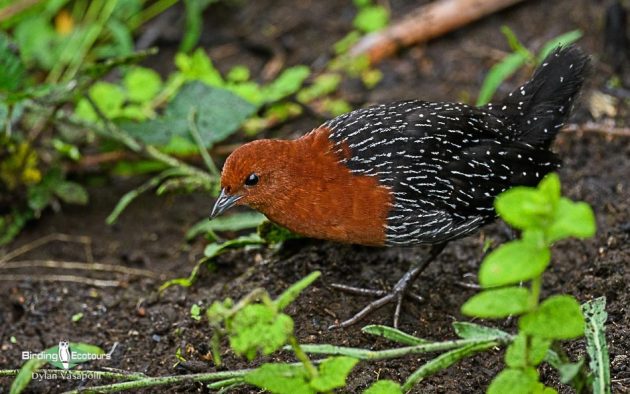
Striped Flufftail was my next one, due to sheer luck when we flushed one in Malawi while looking for other birds, and I saw it very well, albeit in flight. I have also put in the hours trying to get visuals of this species (on the ground) in South Africa, thankfully with some success. Striped Flufftail is rarer and far more localized than Buff-spotted or Red-chested Flufftails. Interestingly, it is a bird of rank grassland or fynbos, rather than forests or wetlands like the other two species mentioned above. The habitats that different flufftails use vary widely, but the thing in common is that they hide like no other birds on earth, so seeing them is as close to impossible as it gets. Flufftails tend to be very vocal, hooting/calling territorially a great deal (but if there is a species that doesn’t call as much, perhaps it’s undiscovered; there must be a significant chance that there are as yet unknown to science ones in more remote parts of Africa, such as the DRC).
Another colleague of mine, Dominic Rollinson, often finds Striped Flufftails near Cape Town for our clients – like this one
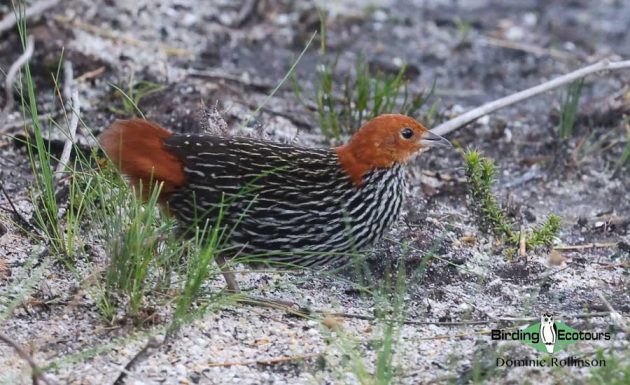
White-spotted and Madagascar Flufftails are a little easier to lay eyes on than most flufftails, but make no mistake, both are still extremely difficult to see! These two species were next for me, during trips to Kenya (at Rondo Retreat on the edge of the incredible Kakamega Forest, which is a very good place for White-spotted) and while guiding eastern Madagascar trips, respectively. Slender-billed Flufftail, Madagascar’s other flufftail species (there are two in Madagascar and seven on mainland Africa), took me a few more years to see, at the incredibly remote Bemanevika – see the trip report here, we also saw two other rarely seen rallids and one of the rarest birds on the planet.
The extremely rare White-winged Flufftail was my next one. This species was considered to be Critically Endangered (IUCN) until recently, when it was thankfully downlisted to Endangered. It is only known to breed in Ethiopia and South Africa, but there are records from a couple of other countries. I was privileged enough to be a part of a scouting team to see if an organized flush (helping raise money for the species’ conservation) was feasible. I saw the bird twice that day, seeing the white wings really nicely. The organized flush did happen soon after that, and many people managed to lay eyes on this otherwise almost impossible species.
This and other photos of White-winged Flufftail are publicly available here on eBird – this one was (again) taken by my colleague Dylan Vasapolli

One of my last flufftails to see was Streaky-breasted Flufftail, a species that moves into wetlands in Zambia and Zimbabwe from late December through early March, in unusually rainy years only. During one such year, my wife Megan and I flew to Harare specifically to see this species. As usual, we really struggled to see one (although we heard many of them), but at the last minute before we had to head to the airport to fly home, we thankfully managed to see one really well. We did also see a good number of Corn Crakes and many miombo woodland birds during this short birding holiday.
My last of the nine flufftail species was the Chestnut-headed (Long-toed) Flufftail. Zambia is the most reliable place for this bird (year-round). But it is one of the very most difficult to lay eyes on. We spent four morning sessions and three afternoon sessions at Mutinondo Wilderness, trying to get visuals, and I managed to glimpse it once and then see it reasonably decently, once. We heard it so much that it was ringing in our ears for months afterwards. As I write this (October 2025), there are still no photos of this species on eBird, but there are some amazing photos out there of the Central African Republic’s first and only one (earlier this year) at Sangha Lodge – see the photos and story at Facebook – 29 July 2025.
If you’re brave, you may also consider a similar quest to try and see (not just hear) all nine of the world’s flufftails. I do recommend it, as these are amazingly beautiful birds that few people are crazy enough to put in the myriad hours for. It’s the good kind of crazy, so why not try? Please add comments with your stories about finding flufftails, as it would be awesomely exciting to compare some notes with other birders here.


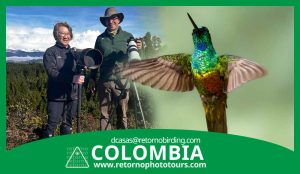


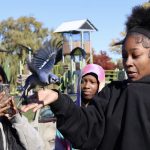

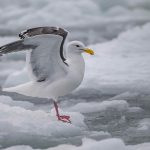
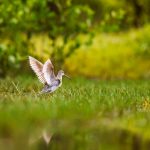
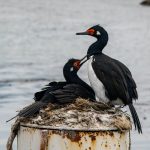
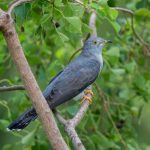
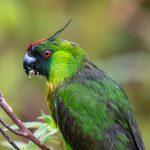
Despite many trips to Africa, I’ve only managed to see a single flufftail, a white-spotted. It was creeping around on a small steam at one of Uganda’s most famous birding sites, the Royal Mile. I had a group with me, none of whom managed to see it. Very frustrating birds, and certainly one of the hardest to see of any bird families. However, a real gem when you finally clap eyes on one.
Exactly, David, many true words there!
Welcome to the jungle, great to see you here!
I have seen two out of nine and heard a third. These are some seriously difficult birds to find but ever so gratifying. Loved this post!
Never been keen on ticking birds ive only heard – still never seen one of the nine – ive ‘fluffed’ all the chances ive had ?
Thanks for the kind comments, Folks!